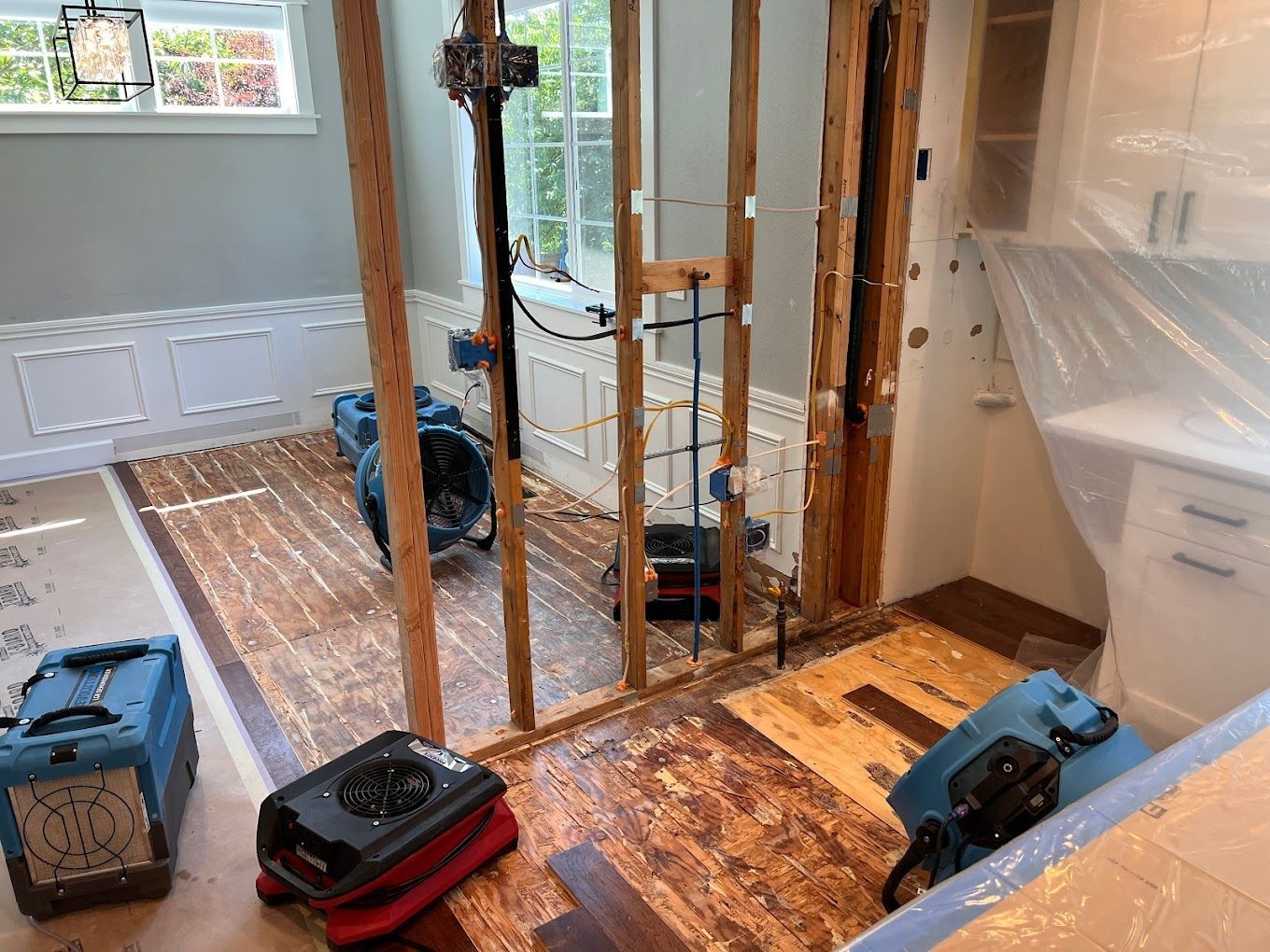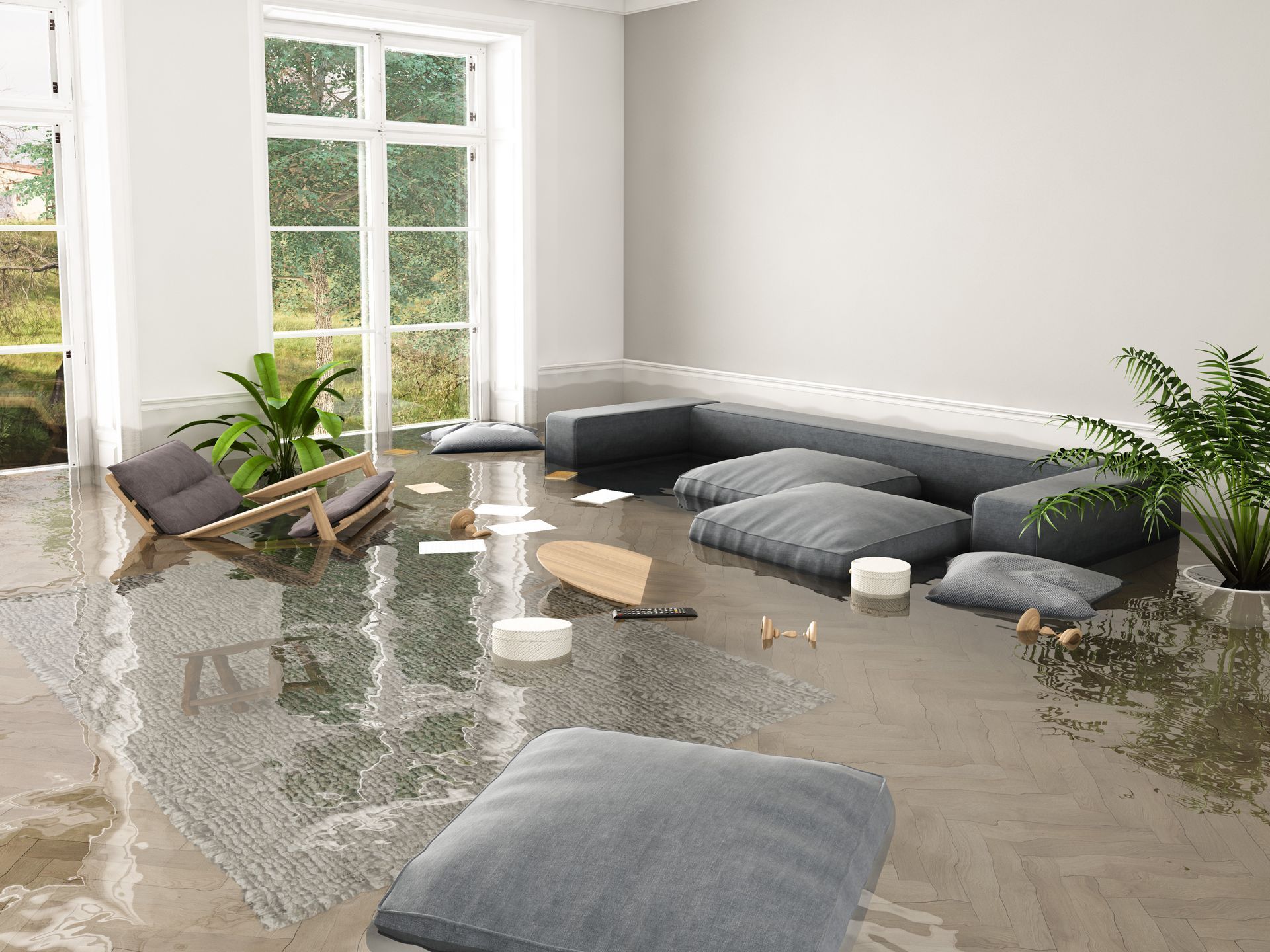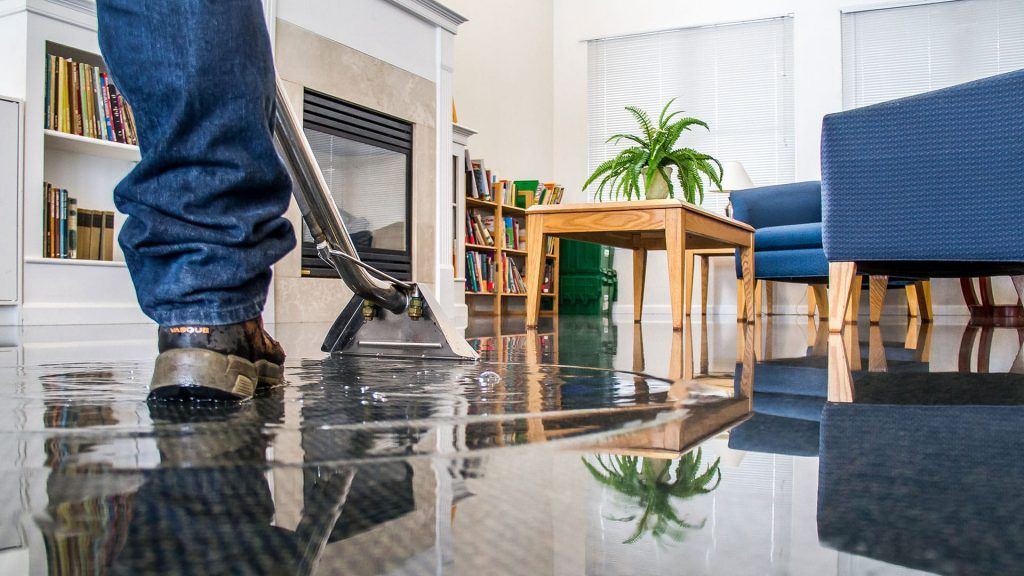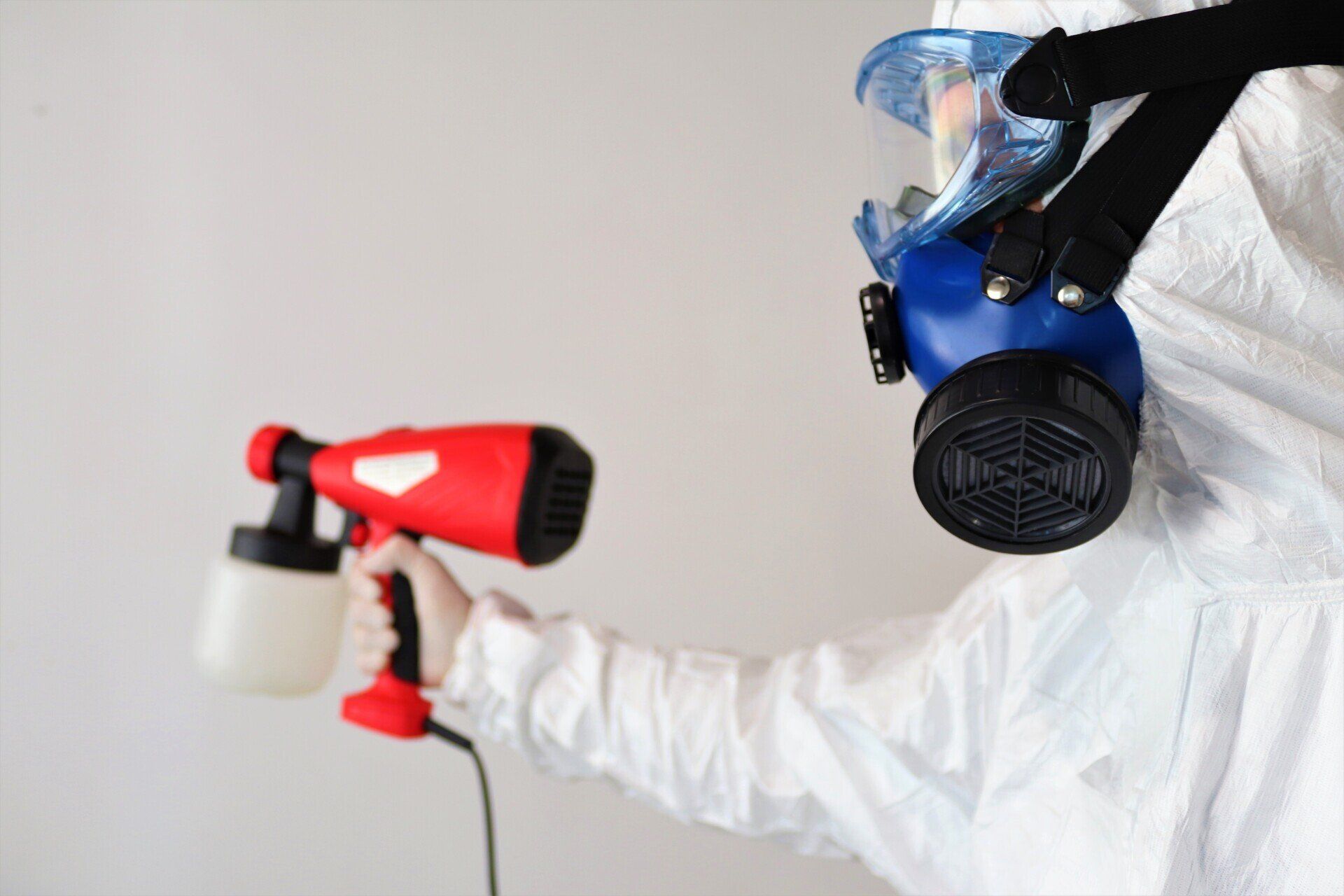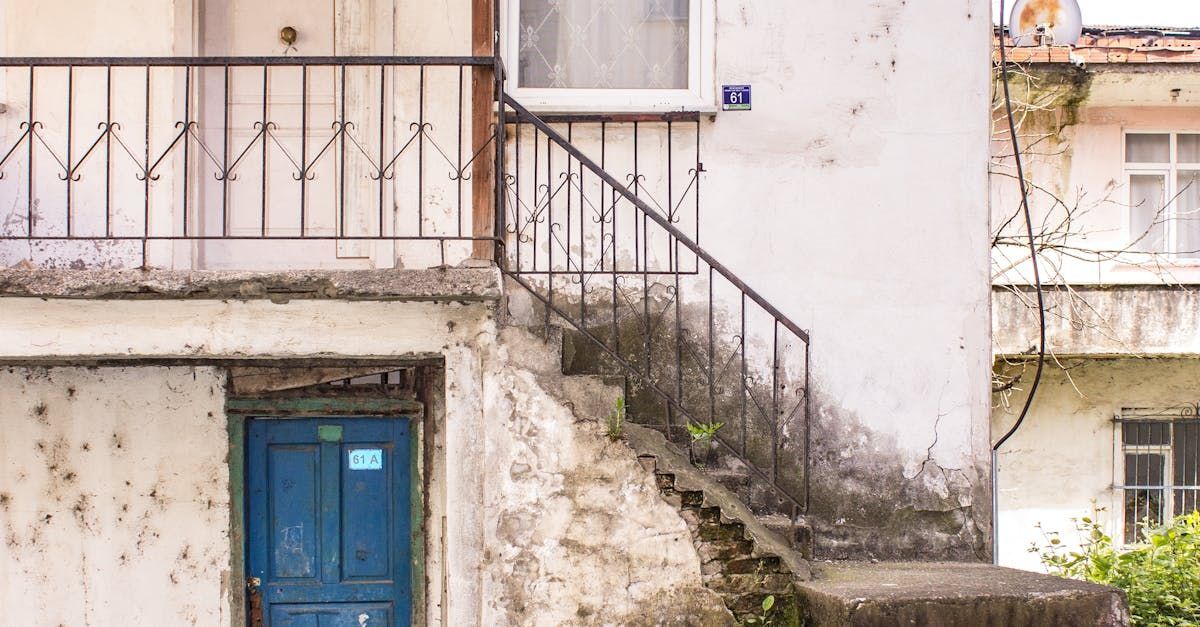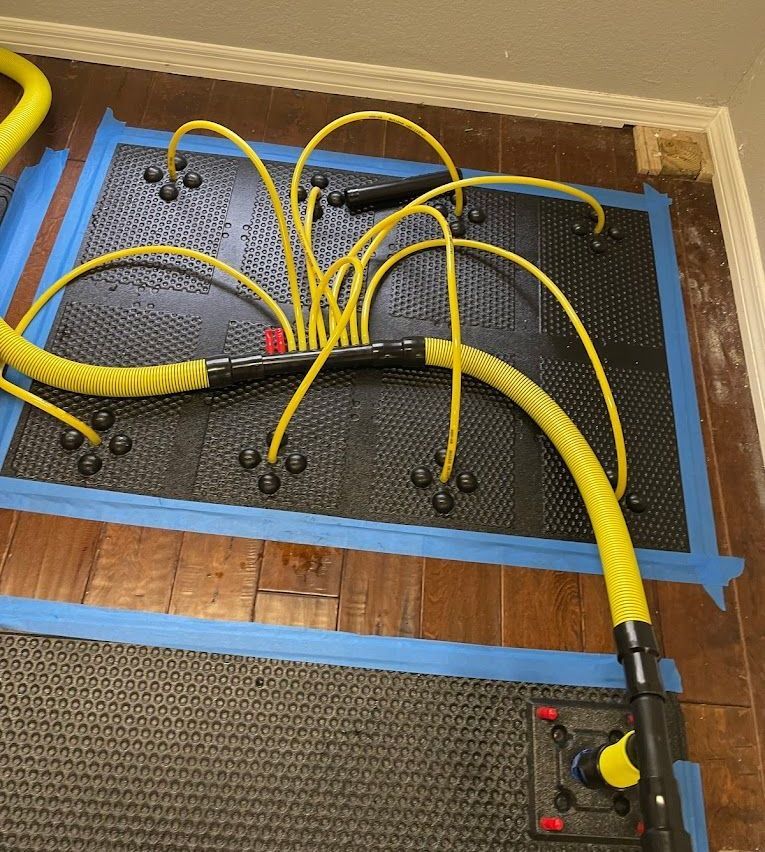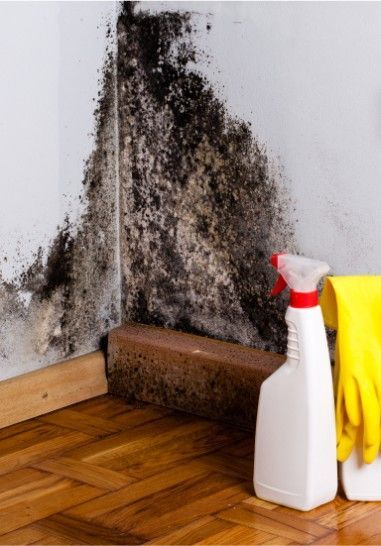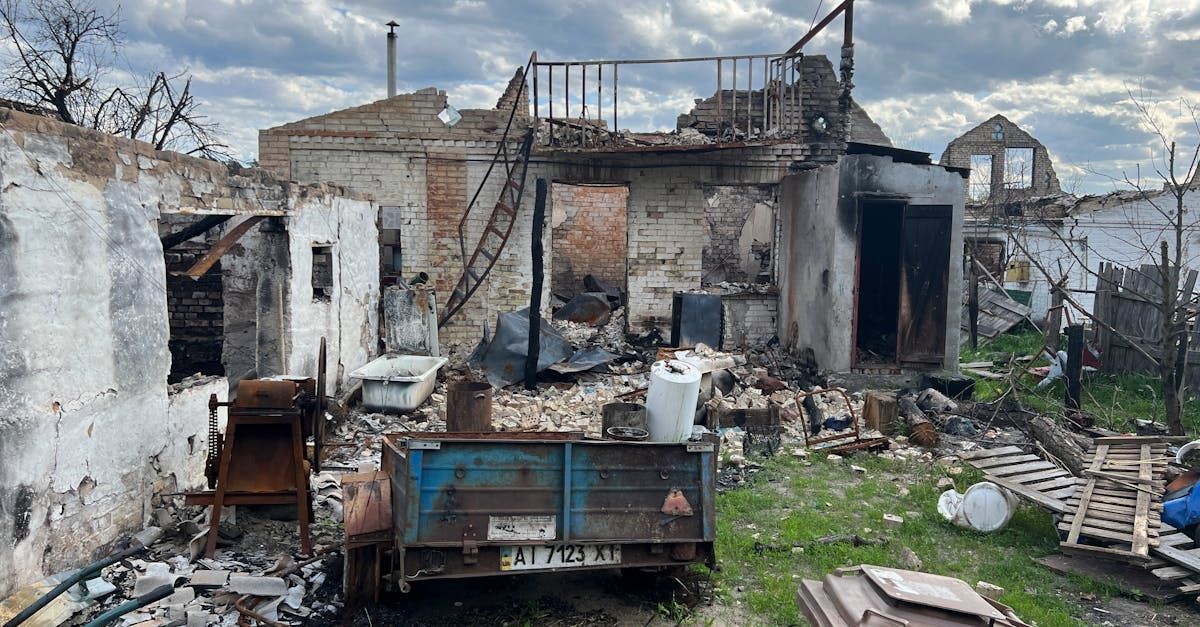Common Causes of Fire Damage in Homes
Unveiling Fire Damage Causes: Common Sources in Homes
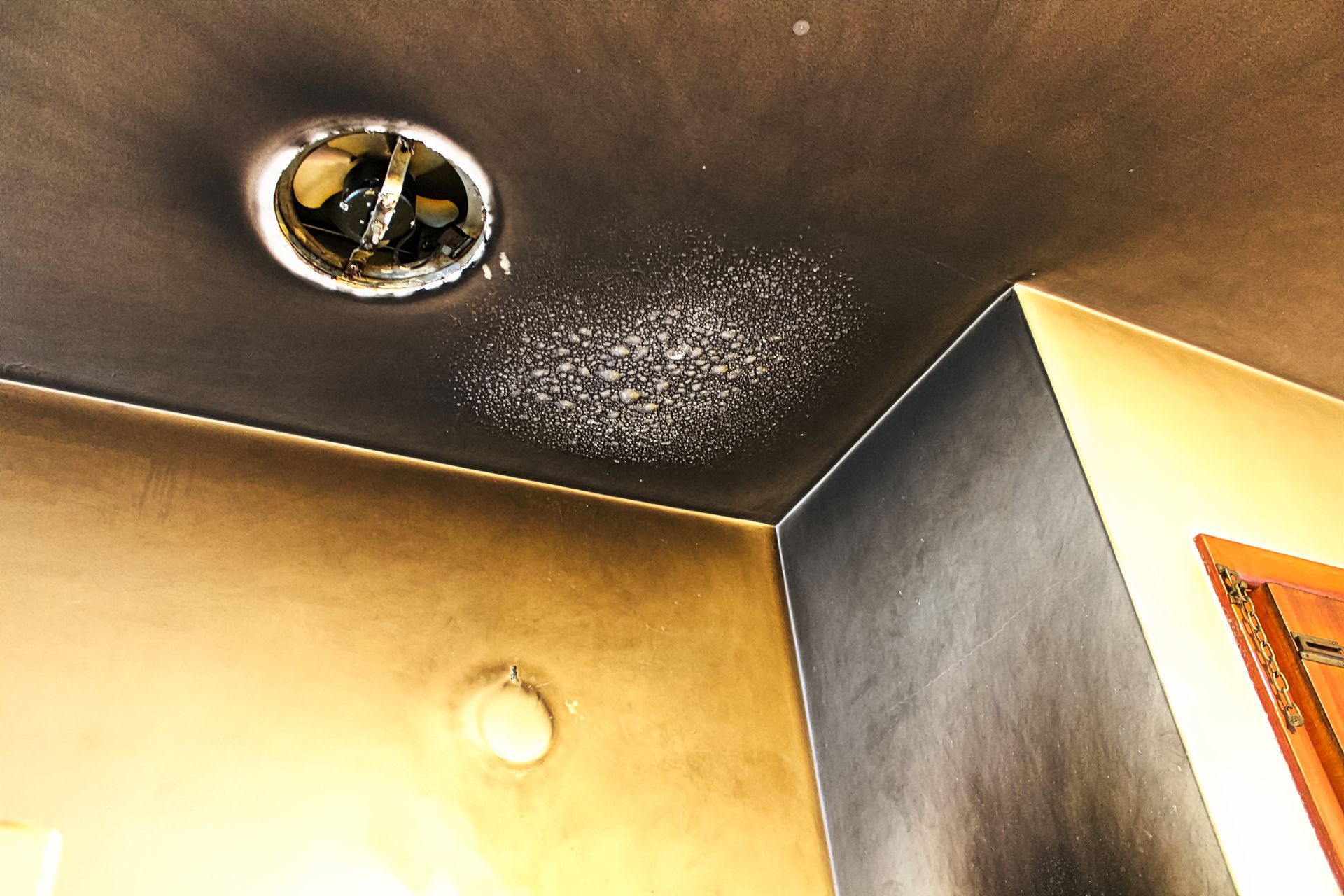
Fire damage causes extensive destruction to homes every year, signifying a critical issue that demands attention and action. The severity of residential fires cannot be overstated, as they not only result in the loss of property but, more importantly, can threaten lives. This article aims to shed light on the common sources of fire damage in homes, underlining the importance of recognizing and understanding these causes to implement effective prevention strategies. By arming homeowners with knowledge and resources, we can significantly reduce the occurrence of such devastating incidents. The forthcoming sections will explore various causes of fire damage and offer insights into preventive measures, ultimately fostering safer living environments.
Fire Damage Statistics in Residential Settings
Despite rigorous safety standards and preventative measures, residential fires remain a significant concern both nationally and globally. In the United States, the National Fire Protection Association (NFPA) reports that fire departments responded to an estimated 1.3 million fires in 2019, resulting in the loss of nearly 3,700 lives and injuries to over 16,000 individuals. These fires caused approximately $14.8 billion in property damage, underscoring the grave financial implications for affected households. Globally, the situation mirrors the U.S. with variations in numbers that reflect regional safety practices, building materials, and fire response capabilities. The emotional and psychological impact on individuals and families experiencing fire damage extends far beyond the immediate aftermath.
The loss of personal belongings, memories, and the sense of security can lead to long-lasting trauma and distress. Rebuilding after a fire not only involves physical reconstruction but also the challenging process of emotional recovery. Understanding these statistics and impacts is crucial for acknowledging the full scope of fire damage issues, emphasizing the need for continued efforts in fire prevention and safety education.
Understanding the Nature of Fire
Fire is a rapid chemical reaction known as combustion, which generates light, heat, and various reaction products, leaving behind residues such as ashes. The chemistry of fire involves a combination of fuel, heat, and oxygen, often referred to as the "fire triangle." Without any one of these components, a fire cannot begin or continue to burn. Fuel can be anything combustible, from wood and paper to gases and chemicals. Heat is required to raise the material to its ignition temperature—the point at which it emits vapors that can ignite in the presence of oxygen. The oxygen in the air (around 21% of our atmosphere) supports the chemical reactions that occur during a fire.
In residential settings, fire typically spreads by transferring heat from the point of ignition to surrounding materials, which then also reach their ignition temperatures and combust in a chain reaction. Heat can transfer through conduction, traveling through solid materials; convection, moving with the flow of hot gases and smoke; and radiation, spreading in all directions as invisible rays that heat surfaces they touch. Understanding how fire spreads is crucial not only to recognizing potential hazards in homes but also to implementing effective fire prevention and safety measures. It sets the stage for a deeper exploration of common causes of fire damage and the strategies homeowners can employ to mitigate risks.
Common Causes of Fire Damage in Homes
Understanding the common causes of fire damage in homes is instrumental in prevention. We will explore Electrical Faults, Cooking Equipment, Heating Appliances, Smoking in Bedrooms, and Candles, providing insights to mitigate risks and enhance safety.
Cooking Equipment
Cooking equipment stands as the leading cause of home fires and injuries. According to the National Fire Protection Association (NFPA), cooking fires account for 49% of all home fires. Common triggers include overheated oil and unattended stoves, situations where a brief lapse in attention can lead to disastrous outcomes. For instance, oil reaching its ignition temperature can quickly ignite, turning a small flame into a major fire. Preventive measures include never leaving cooking unattended, keeping flammable materials away from the stove, and installing smoke alarms near the kitchen. Additionally, keeping a fire extinguisher within easy reach and regularly checking cooking appliances for maintenance issues can significantly lower the risk of cooking-related fires.
Electrical Equipment and Faulty Wiring
Faulty or outdated electrical systems pose a significant risk for initiating fires, often due to overloaded circuits, aging wiring, or the misuse of electrical appliances. Outdated wiring might not be equipped to handle the modern load from numerous devices, leading to overheating and ignition. Warning signs include frequent circuit breaker trips, flickering lights, and burning odors from outlets. To prevent electrical fires, homeowners should ensure electrical systems are regularly inspected and updated by licensed professionals. Avoid overloading outlets, use surge protectors, and replace any frayed or damaged wires immediately. Establishing these practices can drastically reduce the risk of electrical fires.
Heating Equipment
Heating equipment, including space heaters, fireplaces, and wood stoves, is a notable contributor to home fires during colder months. These devices can ignite nearby flammable materials like furniture, curtains, and bedding if placed too close. To ensure safety, it's critical to keep heating equipment at least three feet away from combustibles. Space heaters should be turned off when leaving the room or going to sleep, and chimneys and wood stoves require regular cleaning to prevent creosote buildup, a common cause of chimney fires. Employing sturdy screens can catch sparks flying from fireplaces, further mitigating fire risks associated with heating equipment.
Smoking in Bedrooms
Smoking in bedrooms dramatically elevates the risk of starting a fire, given the propensity for lit cigarettes to ignite bedding, mattresses, and other flammable materials. In fact, the National Fire Protection Association (NFPA) reports that smoking materials are the leading cause of civilian fire deaths, highlighting the severe consequences of indoor smoking. To mitigate these risks, it is advisable to smoke outside and ensure all smoking materials are fully extinguished before disposal. Utilizing deep, sturdy ashtrays can further prevent embers from igniting nearby combustibles. Adopting these safer smoking habits can significantly reduce the likelihood of devastating fires in homes.
Candles
Candles, while enhancing the ambiance of a room, represent a potent fire hazard if left unattended or placed improperly. The open flame of a candle can easily ignite nearby flammable materials such as curtains, books, and furniture, especially when left in a drafty area where the flame can be erratic. To prevent candle-related fires, it is imperative to never leave candles burning unattended and to ensure they are placed on a stable, heat-resistant surface away from flammable items. Additionally, considering the use of candle holders designed to catch dripping wax can mitigate risks. Keeping candles out of reach of children and pets, as well as trimming the wick to a quarter inch before each use, will further enhance safety.
Flammable Liquids
Flammable liquids, often stored in garages or sheds, pose significant fire risks if not handled properly. These include gasoline, solvents, and cleaning agents, which can easily ignite from a spark or high temperature. Proper storage in approved, clearly labeled containers, away from living areas and heat sources, is essential. Ensure containers are tightly sealed to prevent vapors from leaking, as these vapors can travel and ignite if they encounter an ignition source. Additionally, flammable liquids should be disposed of according to local hazardous waste disposal guidelines. Adhering to these storage and disposal practices minimizes the risk of fire incidents related to flammable liquids.
Grills and Barbecues
Outdoor grilling and barbecuing, while popular for family gatherings and social events, come with their own set of fire hazards. Grease accumulation, proximity to flammable materials, and leaving equipment unattended are primary risk factors. To ensure safety, it's crucial to clean grills regularly to prevent grease buildup, which can ignite. Always position grills well away from the home and deck railings and out from under eaves and overhanging branches. Never leave your grill unattended when in use. By adhering to these safety tips, you can enjoy outdoor cooking while significantly reducing the risk of fire-related incidents.
The Impact of Fire Damage on Homes
The physical and structural damage incurred by residential fires extends well beyond the initial flames. Smoke and soot can penetrate various surfaces, causing long-term deterioration and contamination of the home's interior and possessions. Smoke, a byproduct of incomplete combustion, carries a complex mixture of chemicals and particles that can tarnish and corrode metals, degrade artwork, textiles, and electronic equipment, and embed an unpleasant odor into walls, furniture, and clothing that is challenging to remove. Soot, the residue left by burnt materials, further compounds this damage with its acidic properties, staining and potentially permanently damaging a multitude of surfaces and items within the home. Additionally, water damage resulting from firefighting efforts can lead to structural issues and mold growth, compounding the loss and complexity of restoration efforts.
The devastation wrought by fire damage is not solely confined to the physical and financial realms; the emotional and psychological impacts on homeowners and their families can be profound and enduring. The loss of personal items, often with sentimental value that far outweighs their monetary worth, can elicit feelings of grief akin to losing a loved one. The disruption to the sense of security and normalcy that a home provides exacerbates stress and anxiety and, in some cases, may lead to long-term psychological distress.
From an environmental perspective, residential fires contribute to air and soil pollution through the release of hazardous substances. The combustion process generates a variety of pollutants, including carbon monoxide, volatile organic compounds (VOCs), and particulate matter, which can have detrimental effects on air quality and public health, highlighting the need for environmentally sustainable fire management and building practices.
Fire Safety Measures and Fire Damage Prevention
Implementing stringent fire safety measures is paramount in mitigating the risks and impacts of fire damage within homes. Essential strategies such as installing smoke detectors in key areas, having readily accessible fire extinguishers, and devising a comprehensive family escape plan cannot be overstated. These proactive measures serve as the first line of defense, offering crucial early warnings and the means to address fires quickly, potentially averting significant damage and saving lives.
Furthermore, the regular maintenance and inspection of home appliances and systems play a critical role in fire prevention. Many residential fires stem from overlooked faults within electrical, heating, and cooking appliances. Consequently, homeowners are advised to conduct periodic checks and professional maintenance to ensure these systems are in optimal working condition and free from potential fire hazards.
Equally important is the aspect of homeowner's insurance, specifically coverage pertaining to fire damage. This insurance plays a critical role in providing financial protection against losses incurred from fire incidents. It encompasses repair or replacement costs for damaged structures and personal property, alongside additional living expenses during home restoration. Adequate fire damage coverage ensures homeowners can recover more seamlessly from the aftermath of a fire, reflecting the indispensable value of being well-prepared against such unforeseen events.
Recovering From Fire Damage: Restoration and Rebuilding
Recovering from the devastating effects of fire damage requires the expertise and dedication of professionals. All Things New Restoration stands at the forefront, offering comprehensive fire damage restoration services designed to bring your property back to its pre-loss condition. Our team of skilled professionals employs the latest techniques and technology, ensuring efficient smoke and soot removal, odor elimination, and structural repairs. Trust us to handle every aspect of your restoration with utmost care and precision. Don't wait for the effects of fire damage to worsen; contact All Things New Restoration today and take the first step towards reclaiming your home. Your restoration is our priority.

